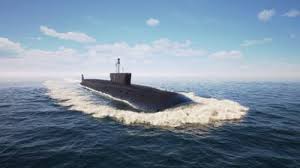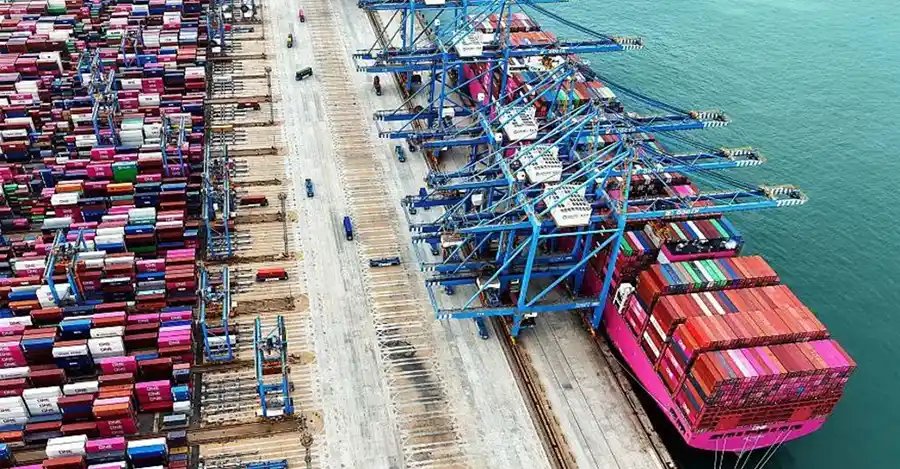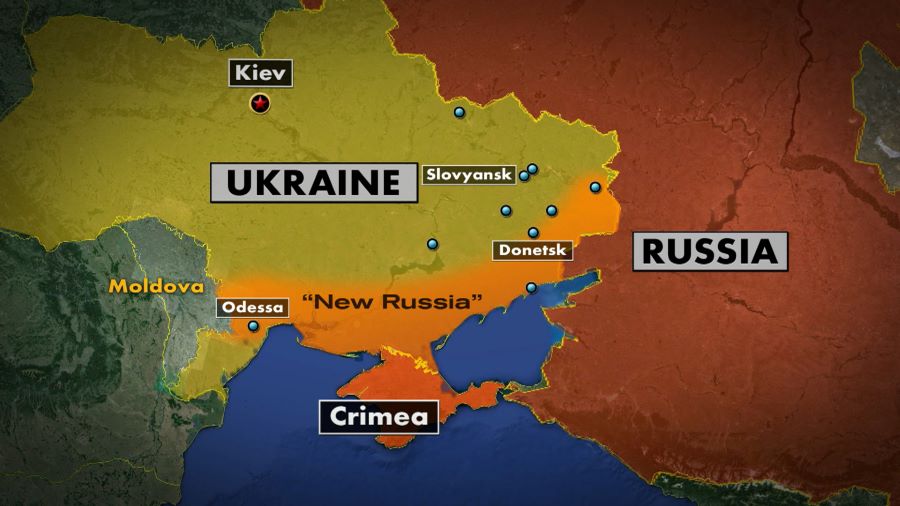NATO Secretary-General Mark Rutte delivered sharp commentary on Monday regarding the deteriorating condition of Russia’s naval fleet, specifically targeting the operational status of the diesel-powered submarine Novorossiysk. The Dutch politician’s remarks came as Moscow faced international scrutiny over the submarine’s emergency surfacing near France, which contradicted official Russian narratives about the vessel’s operational readiness.
During a high-profile speech delivered in Slovenia, Rutte employed historical comparison to illustrate his point about Russia’s declining maritime strength. “What a change from the 1984 Tom Clancy novel The Hunt for Red October,” Rutte stated, adding that “Today, it seems more like the hunt for the nearest mechanic.” The NATO chief characterized the submarine as a “broken” vessel “limping” back toward Russian-controlled waters, emphasizing the stark contrast between Cold War-era Soviet naval prowess and contemporary Russian maritime challenges.
Russia Denies Technical Malfunction: Submarine Surfacing Explained
Official Russian Statement and Navigation Claims
The Russian Black Sea Fleet issued an immediate response to international reports of the Novorossiysk’s technical difficulties, categorically denying claims of mechanical failure. According to the Russian defense establishment’s press release, cited by news agency Interfax, information suggesting “an alleged malfunction and, as a result, the emergency surfacing of the diesel-electric submarine Novorossiysk off the coast of France does not correspond to reality.”
Instead, Russian officials framed the incident as routine compliance with international maritime regulations. The Black Sea Fleet statement emphasized that “in accordance with international navigation regulations, submarines are to navigate the English Channel only while on the surface,” suggesting the Novorossiysk’s surfacing represented standard procedure rather than emergency protocol.
The Reality on the Ground: UK and Dutch Naval Tracking
Contrary to Russian claims, multiple NATO allies observed and documented the submarine’s apparent distress. The Royal Navy successfully tracked the Novorossiysk across a three-day period from October 7-9, monitoring the diesel-electric Kilo-class submarine alongside its accompanying support tug throughout its transit through the English Channel into the North Sea. HMS Iron Duke, a destroyer of the Royal Navy, maintained continuous surveillance of the vessel during this critical passage.
The Dutch naval forces subsequently assumed tracking responsibilities on Saturday, continuing surveillance as the submarine and its towing vessel navigated European waters toward Russian-controlled territory.
Underlying Technical Issues: Fuel Leak and Structural Concerns
Earlier Reports of Mechanical Problems
Intelligence sourced from VChK-OGPU, a Telegram channel known for publishing purported Russian security leaks, revealed more troubling details about the Novorossiysk’s condition. According to this source, dated September 27, fuel was actively leaking into the submarine’s hold while the vessel transited through the Strait of Gibraltar. Such leakage poses significant safety risks, creating potential explosion hazards that would explain both the emergency surfacing and the requirement for tugboat assistance.
Strategic Context: Mediterranean Deployment
The Novorossiysk represents a critical component of Russia’s Black Sea Fleet arsenal, as it belongs to a specialized submarine group specifically designed to carry advanced Kalibr cruise missiles. The vessel’s return journey from its Mediterranean deployment proved far more challenging than anticipated, suggesting deeper structural or mechanical vulnerabilities within Russia’s aging submarine fleet.
Broader Implications: NATO’s Assessment of Russian Naval Decline

Diminished Mediterranean Presence
Rutte’s comments extended beyond the single incident with the Novorossiysk, articulating NATO’s broader assessment of Russian naval capabilities. The NATO chief stated explicitly that there is “hardly any Russian naval presence in the Mediterranean left,” indicating a significant reduction in Moscow’s ability to project maritime power across strategically important waterways.
This assessment reflects decades of submarine fleet aging, insufficient modernization investments, and operational attrition from Russia’s ongoing conflict in Ukraine. The contrast between the Cold War’s robust Soviet naval presence and contemporary Russian maritime challenges underscores the fundamental transformation of regional power dynamics.
Broader NATO Operations in European Waters
The incident involving the Novorossiysk represents merely the latest in a series of close NATO monitoring operations targeting Russian vessels transiting European waters. According to a BBC investigation, just two weeks prior to the submarine incident, the Royal Navy tracked a Russian frigate and cargo vessel through the English Channel as part of coordinated NATO surveillance efforts.
Furthermore, a BBC Verify investigation revealed that in June, a Russian warship employed deceptive identification signals while traveling through the English Channel alongside two sanctioned oil tankers. These vessels formed part of Russia’s controversial “shadow fleet”—an international network of tankers with deliberately obscured ownership structures used specifically to transport sanctioned Russian oil products in violation of international sanctions regimes.
Official Statements and Strategic Implications
UK Armed Forces Assessment
Armed Forces Minister Al Carns characterized the Navy’s tracking operations as emblematic of unified NATO resolve against Russian aggression. “The Navy’s latest operation is a clear sign of how the UK stands strong with our NATO allies to push back against Russian aggression,” Carns stated, linking maritime surveillance activities to broader strategic competition in European waters.
Russia’s Defense Ministry Response
The Russian Black Sea Fleet’s insistence on routine procedures masks deeper operational challenges facing the aging Kilo-class submarine fleet. These diesel-electric submarines, commissioned during earlier Cold War decades, increasingly demonstrate vulnerability to mechanical failure during extended deployments—a pattern that undermines Moscow’s strategic naval objectives.
Conclusion: Declining Russian Maritime Power
The Novorossiysk incident crystallizes NATO’s strategic advantage in contemporary naval power dynamics. When NATO’s secretary-general must reference Tom Clancy novels to mock Russian submarine capabilities—comparing modern Russian vessels to fictional Cold War submarines rather than current equivalents—it signals a fundamental shift in maritime balance. The combination of aging infrastructure, insufficient maintenance resources, and operational strain from Ukraine’s ongoing conflict has visibly degraded Russia’s ability to maintain credible naval presence beyond its immediate coastal waters.
As Russia’s Black Sea Fleet continues managing increasingly unreliable vessels, NATO allies maintain sophisticated surveillance capabilities and technological superiority that ensure European maritime security frameworks remain firmly under Western democratic control.




















Comments